Opinion
Agribusiness corridors
0 0 Google +0 0
 |
Posted on November 29, 2016
Economic corridors are not new but their potential as engines of sustainable development has been largely untapped, according to economist Eva Gálvez Nograles of the Food and Agriculture Organization (FAO).
In a report, “Making economic corridors work for the agricultural sector,” Gálvez Nograles claims that, “traditionally, economic corridors have been used to bolster physical connectivity to improve the functioning of markets, or with a narrow focus, such as linking mines to ports. But corridors can be harnessed for smarter planning initiatives, aimed at enhancing agricultural opportunities, achieving explicit targets such as creating rural jobs, environmental goals and catalyzing improved governance along value chains. Effective corridors need to be geared to the competitive advantages of a territory rather than conceived as a miracle method to make a desert bloom.”
|
RELATED STORIES
 M. A. P. Insights — Rolando T. Dy: “Growing agriculture to reduce poverty: The simple math”
 M. A. P. Insights — Pacita U. Juan: “Women in tech”
 M. A. P. Insights — Pacita U. Juan: “Why go public?”
 M. A. P. Insights — Marife B. Zamora: “Working together to achieve inclusive prosperity”
 M. A. P. Insights — Rolando T. Dy: “Let’s fix our trade statistics”
|
Gálvez Nograles suggests the “three Cs” of a successful corridor: connectivity, competitiveness, and a sense of community.
These are:
First, businesses, farmers, and government must agree in the identification of “soft” targets and harmonized environmental, social and food security safeguards to avoid disputes in the wake of “hard” infrastructure investments.
Second, clear land tenure issues are essential, as certain projects can alter land-use patterns.
Third, the adoption of inclusive business models is a shared imperative. Mobilize the right “change agent,” which could be a company, a farmer association, government extension agents, or food processing and trade firms.
Gálvez Nograles cites Peru as example.
Its Poverty Reduction and Alleviation Project, which began in 1998, focused on the role of intermediate cities in alleviating poverty. It adopted a novel pro-business approach relying on “star connector firms” able to quickly expand commercial networks along 13 corridors in the Peruvian jungle and highlands.
This led to the rise of overlooked market opportunities.
For example, Peru is now the world’s third-largest exporter of artichokes, produced through outgrowers and processed in several corridors, according to the Food and Agriculture Organization.
In the Philippines, some existing agribusiness corridors comply with the “three Cs” while others do not.
Sugar: The sugar mill districts are active agribusiness corridors. There are 28 mill districts all over the country with concentration in Negros. In fact, the industry-driven sugar master plan/road map clearly identifies specific interventions at the mill district level. It is the most developed road map of any commodity, better than rice, corn, and coconut.
Coconut oil: There are corridors but the chain is broken due to competition by mills for scarce copra supply. They include: Davao, Iligan-Cagayan, Zamboanga, and Leyte. In 2015, the country imported 75,000 tons of copra from Papua New Guinea and Indonesia. New corridors are developing with plants producing nontraditional products, such as coconut water and desiccated coconut.
Cavendish bananas: There are established corridors from the farms to the Davao ports, such as the Davao International Container Port, Sumifru, Unifrutti and Sasa Ports. The major corridors are Bukidnon, Cotabato, Davao del Norte, Davao del Sur, and Maguindanao.
Banana chips: There is a developed corridor along the Tagum-Panabo-General Santos axis processing saba/cardava into chips for export.
Dried mangoes: The main corridor is Cebu, where most dried mango processing companies are located. Other fruits (pineapple, guyabano, coconut, papaya and calamansi) are also processed there.
Pineapples: The long-established corridors are Bukidnon-Cagayan de Oro (CDO) and south Cotabato anchored by canneries. New areas are opening with higher export demand for fresh pineapple.
Rubber: The main corridors are Basilan, Cotabato, Zamboanga-Sibugay. Export exits are CDO and Davao.
Palm oil: There are several farm-to-mill corridors, including Agusan del Sur, Sultan Kudarat, North Cotabato, Bukidon and Palawan.
Cacao: Davao is the main corridor from farm to processing to niche chocolate manufacturing. The key production areas are Davao del Norte and Calinan, Davao City.
Coffee: The key corridor is in Mindanao, particularly Sultan Kudarat to CDO, where the processing plant of major coffee company Nestlé Philippines is located.
Tuna: The country’s tuna capital is General Santos City. It is home to seven processing plants for fish coming from Western Pacific. Mindoro is an emerging corridor.
Sardines: Zamboanga City is the center of sardines canning. Nine out of 12 sardines companies in the country operate in the city. Zamboanga is a natural docking point for vessels traversing the rich fishing grounds of Zamboanga peninsula and the Sulu archipelago.
Milkfish: Dagupan, Pulilan (Bulacan) and Alabel (Sarangani) are the leading milkfish processing centers.
Seaweed: The main destinations are Cebu and Calabarzon. One is Agutaya (Palawan) and Caluya (Antique) to San Jose, Mindoro to Calabarzon. Another is Tawi Tawi, Zamboanga and Bohol to Cebu.
The more developed corridors in the country in terms of scale, quality, price transparency and reliability are Cavendish banana, pineapple and sugar. Many products are still saddled by low volume due to low yield, scattered smallholdings, and poor infrastructure.
Commodity road maps with clear geographic corridors are imperatives to quantify the cost of interventions and impact on competitiveness. The public and private sectors must cooperate towards making the industries competitive.
The article reflects the personal opinion of the author and does not reflect the official stand of the Management Association of the Philippines or the M.A.P.
Rolando T. Dy is the vice-chair of the M.A.P. AgriBusiness and Countryside Development Committee, and the executive director of the Center for Food and AgriBusiness of the University of Asia & the Pacific.
